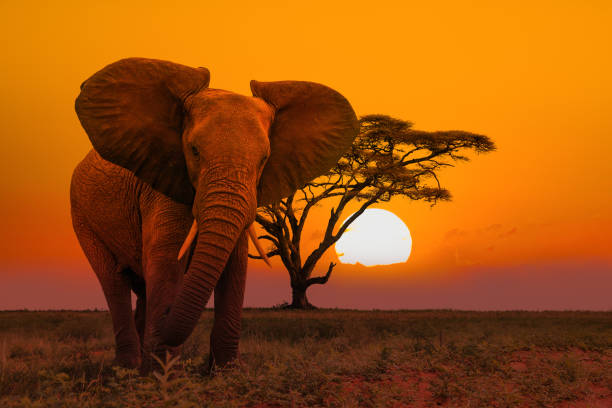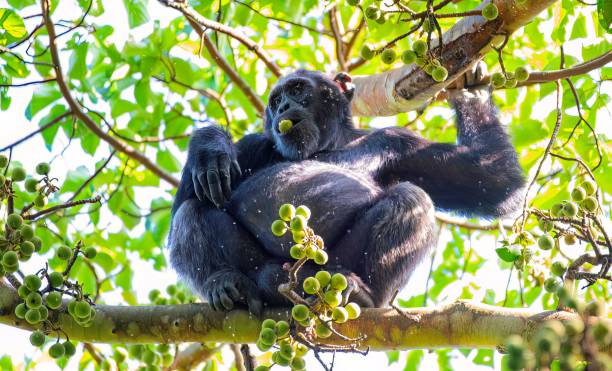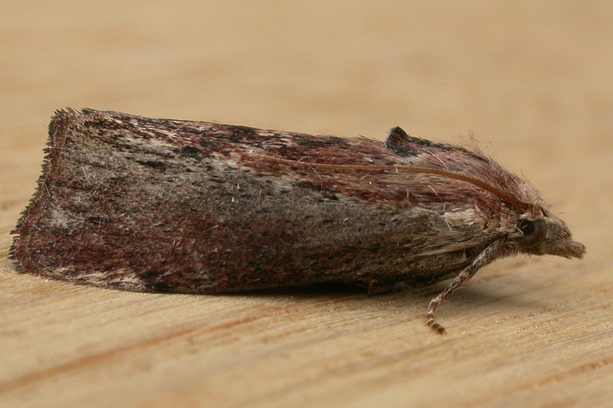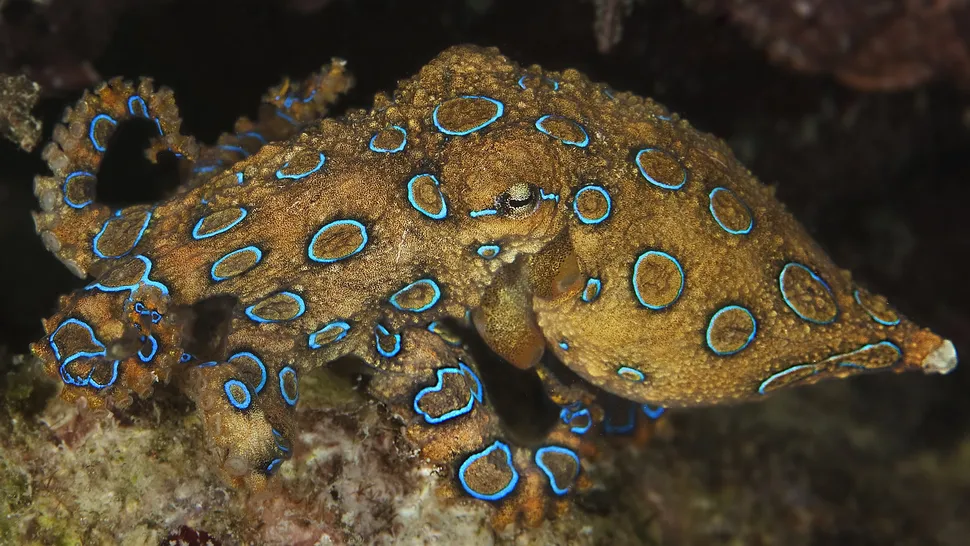The question of how long animals live compared to humans opens a fascinating window into biology, evolution, and the science of aging. While humans are often thought of as exceptionally long-lived creatures, the truth is that life spans across the animal kingdom vary dramatically—from fleeting lifetimes measured in days to astonishing centuries of existence. Understanding why some animals live briefly while others persist for decades or even centuries involves exploring genetics, metabolism, environment, and evolutionary strategies that determine how each species invests in survival and reproduction.
Human beings today can expect to live far longer than any of their prehistoric ancestors, thanks to advancements in medicine, nutrition, sanitation, and technology. In contrast, most animals live shorter lives, though a few species—such as certain tortoises, whales, and fish—can outlive even the oldest humans. Studying these life spans not only deepens our understanding of biology but also provides insight into the mechanisms of aging and longevity that could one day extend human life itself.
Understanding Life Span and Longevity
In biological terms, life span refers to the maximum length of time that a member of a species can live under ideal conditions. Longevity, however, is a measure of how long individuals typically live in natural or real-world conditions. Both are influenced by genetics, environmental factors, diet, disease, and predation.
In humans, the verified record for longevity is held by Jeanne Calment, a French woman who lived 122 years and 164 days. This is exceptional even among humans; the average life expectancy globally is about 73 years as of the early 21st century. However, other animals have evolved vastly different life strategies. Some, like mayflies, live only a day or two—just long enough to reproduce—while others, like Greenland sharks and certain species of whales, live for several centuries.
Life span is not merely a function of biological complexity. In fact, smaller and simpler organisms often have far shorter lives. Bacteria can reproduce in minutes and die within hours, while multicellular animals that invest more energy in growth, maintenance, and repair tend to have longer lives. Yet, within each group, there are outliers—species that have evolved remarkable adaptations to slow aging and resist the damage that time inflicts on living cells.
The Biological Basis of Aging
Aging, or senescence, is a process that occurs in nearly all multicellular organisms. It is the gradual deterioration of physiological functions that leads to increased vulnerability and eventual death. The biological mechanisms of aging are complex and involve both genetic and environmental factors.
One of the key processes driving aging is the accumulation of cellular damage over time. DNA mutations, oxidative stress, and the breakdown of cellular repair mechanisms all contribute to the decline of tissue and organ function. Telomeres—the protective caps at the ends of chromosomes—shorten with each cell division, and when they become too short, cells lose their ability to divide. This contributes to the physical signs of aging and the gradual failure of biological systems.
Different species have evolved unique strategies to cope with aging. Some animals, like certain species of jellyfish and hydra, exhibit negligible senescence, meaning they do not show typical signs of aging and can potentially live indefinitely under ideal conditions. Others age rapidly and die shortly after reproducing, an evolutionary trade-off that favors reproduction over longevity.
Human Life Span in Context
Humans are among the longest-lived mammals on Earth. The average human life expectancy varies by region and living conditions, but it has increased dramatically over the past two centuries due to medical and technological progress. In pre-modern societies, average life expectancy often hovered around 30 to 40 years, mainly because of high infant mortality and lack of healthcare. Those who survived childhood could often live into their 60s or beyond.
Modern humans can routinely live past 80 years in many developed countries, and a growing number of individuals reach 100. Unlike most animals, humans experience an extended post-reproductive lifespan—especially women, who often live decades beyond menopause. This is rare in the animal kingdom and may have evolved because older individuals play crucial roles in social learning, childcare, and maintaining cultural knowledge within human communities.
Despite these achievements, human longevity remains biologically limited. Even the healthiest humans rarely exceed 120 years, and the upper boundary of life span has changed little despite medical progress. However, humans stand out not only for their long life but also for their ability to manipulate the factors that affect aging—diet, exercise, and healthcare—giving them an evolutionary advantage unlike any other species.
How Mammals Compare to Humans
Among mammals, humans rank near the top in longevity. Most mammalian species live much shorter lives, though some can rival or exceed us. The typical pattern among mammals is that larger animals tend to live longer than smaller ones, largely because they have slower metabolisms and fewer predators.
For example, small rodents like mice live only about two to three years, while larger mammals such as elephants can live up to 70 years. Dogs, depending on breed and size, live between 10 and 16 years on average, with smaller breeds tending to outlive larger ones. Cats live slightly longer, often reaching 15 to 20 years.
Marine mammals are exceptional in this regard. Bowhead whales, native to Arctic waters, are known to live more than 200 years, making them the longest-lived mammals. Genetic studies of bowhead whales have revealed unique mutations that may protect their cells from cancer and other age-related damage. Elephants also exhibit remarkable longevity for land mammals and show signs of slow aging and strong resistance to cancer—possibly because they have multiple copies of tumor-suppressing genes.
In contrast, small mammals such as shrews or voles live incredibly fast-paced lives, with high heart rates, rapid metabolism, and short lifespans often measured in months. The connection between metabolic rate and life span has long intrigued scientists: species with faster metabolisms tend to age faster, though exceptions exist. Bats, for instance, defy this rule—despite their small size and high metabolic rates, many bat species can live 30 years or more, possibly due to their low predation risk and specialized immune systems.
Reptiles and Amphibians: The Slow Agers
Reptiles and amphibians exhibit enormous variation in life span, and many reptiles in particular are noted for their longevity. Tortoises are among the longest-lived terrestrial animals, with some species living over 150 years. The famous Seychelles giant tortoise, Jonathan, is believed to have been born in 1832 and still lives today, making him nearly 200 years old.
Reptiles have slower metabolisms than mammals, which means they produce fewer free radicals—molecules that contribute to cellular damage. This, combined with their ability to lower metabolic rates during unfavorable conditions, contributes to their extended life spans. Sea turtles, for instance, can live over 100 years, though exact figures are difficult to confirm because of the challenges in tracking individuals throughout their lives.
Amphibians generally have shorter lives, though there are exceptions. Many frogs and salamanders live only a few years, but some species, such as the olm—a blind cave-dwelling salamander native to Europe—can live for over 100 years. The olm’s remarkable longevity is thought to stem from its extremely slow metabolism and low-stress environment.
Birds: Masters of Longevity in Flight
Birds offer some of the most surprising examples of longevity in the animal world. Although they have high metabolic rates and elevated body temperatures, many birds live far longer than mammals of similar size. This paradox has led scientists to study the mechanisms that protect birds from oxidative stress and other forms of aging.
Small songbirds typically live between five and ten years, while larger species can live for several decades. Parrots, particularly macaws and cockatoos, are famous for their long lifespans, often exceeding 50 years and occasionally surpassing 80. Albatrosses, known for their long migrations, can live for more than 60 years in the wild. The oldest known wild bird, a Laysan albatross named Wisdom, has been breeding for over 70 years and continues to raise chicks.
Crows and ravens also display remarkable longevity, often living more than 30 years, and their intelligence and social behavior may play roles in their survival. Birds’ efficient DNA repair mechanisms, strong immune systems, and ability to fly—reducing their exposure to predators—are likely key factors behind their extended lifespans.
Fish: The Ageless Wonders of the Deep
Fish occupy some of the most diverse ecological niches on Earth, and their life spans vary accordingly. Many small fish species live just a few years, while others have lifespans that rival or exceed those of humans.
Among the most extraordinary examples is the Greenland shark, which can live for at least 272 years, with some estimates suggesting individuals may exceed 400 years. These sharks inhabit the cold, deep waters of the North Atlantic, where low temperatures and slow metabolisms drastically slow the aging process. Their longevity makes them the oldest known vertebrates on Earth.
Another long-lived fish is the koi, a domesticated variety of the common carp. Under ideal conditions, koi can live over 200 years. One famous koi named Hanako reportedly lived 226 years, based on growth ring analysis of her scales.
On the other hand, some species of fish, such as guppies or killifish, live for less than a year. The African turquoise killifish is a particularly short-lived vertebrate, completing its entire life cycle in just four to six months—a useful trait for scientific research on aging, as it allows scientists to study an entire lifespan in a short period.
Invertebrates: Short Lives and Eternal Mysteries
Invertebrates, which make up the majority of animal species, display a wide range of lifespans, from hours to decades. Many insects live short, intense lives focused on reproduction. The mayfly, for instance, famously lives for only a few hours or days in its adult stage, having spent years as an aquatic larva. Its adult life exists solely for mating and laying eggs before death.
Bees, ants, and termites exhibit fascinating variations in lifespan within the same species. Worker bees live only a few weeks during the summer, while queen bees can live up to five years. Similarly, termite queens can live over 20 years—extraordinary for insects. Their longevity is linked to their protected environment and specialized biology that reduces exposure to stress.
Some invertebrates are virtual immortals. The hydra, a tiny freshwater organism, shows no signs of aging under laboratory conditions and can regenerate indefinitely, making it biologically immortal. The Turritopsis dohrnii jellyfish, often called the “immortal jellyfish,” can revert its mature cells back to an earlier stage of development, effectively resetting its life cycle repeatedly. While these creatures can theoretically live forever, they are still vulnerable to disease and predation in the wild.
The Role of Environment and Lifestyle in Animal Longevity
Environmental conditions play a crucial role in determining how long animals live. Animals living in stable, low-risk environments with fewer predators often evolve longer lifespans. For example, deep-sea creatures and island species tend to live longer than their mainland or shallow-water relatives because they experience less predation and fewer environmental fluctuations.
Temperature and metabolism are also key factors. Cold-blooded animals that live in cold environments typically have slower metabolisms and longer lives. The Greenland shark’s extreme longevity, for instance, is closely tied to its cold, slow-paced existence. Conversely, warm-blooded animals with high metabolic rates burn energy quickly and often have shorter lives, though birds remain notable exceptions.
Diet and activity also influence longevity. Species that have steady food supplies and lower physical stress tend to age more slowly. In captivity, where animals are protected from predators and diseases, many species live significantly longer than they would in the wild. For example, domestic cats, dogs, and parrots often live twice as long as their wild counterparts because of better nutrition and medical care.
The Evolutionary Logic Behind Different Life Spans
From an evolutionary perspective, an animal’s lifespan is shaped by natural selection to maximize reproductive success, not necessarily to ensure a long life. Species that face high predation or environmental hazards often evolve short lifespans and early reproduction. In contrast, species that are well-protected—either through size, habitat, or social behavior—can afford to invest in longevity and slower reproduction.
This trade-off between reproduction and survival is a cornerstone of life-history theory. For instance, rodents produce many offspring but live short lives, while elephants produce few offspring but invest heavily in their survival and care. Humans fit the latter pattern: long childhoods, extended parental care, and social cooperation all favor longer life spans and slower aging.
Comparing Human Aging to Animal Longevity
While humans are long-lived among terrestrial animals, we are not the champions of longevity in the natural world. Several species—such as the bowhead whale, Greenland shark, and giant tortoises—live significantly longer. Yet, what makes humans unique is the combination of biological, cultural, and technological factors that extend life beyond natural limits.
Unlike any other species, humans can manipulate their environments, develop medicine, and consciously alter behaviors to improve health. Our ability to prevent disease, repair injuries, and maintain nutrition allows us to exceed the natural limitations of our biology. Furthermore, the human brain enables complex social structures and emotional bonds that support long-term survival and well-being, factors that few other species exhibit at comparable levels.
What Animals Can Teach Us About Human Longevity
Studying long-lived animals offers profound insights into the science of aging. The bowhead whale’s resistance to cancer, the naked mole rat’s tolerance to oxidative stress, and the hydra’s regenerative abilities all hold clues to extending human health and lifespan. By comparing species that age differently, scientists can identify genetic and biochemical mechanisms that slow or prevent aging.
For example, research into telomere maintenance in long-lived birds and reptiles has inspired studies on how humans might slow cellular aging. The discovery of natural antioxidants and DNA repair systems in long-lived species may lead to therapies for age-related diseases. Similarly, the study of hibernation and metabolic slowdown in certain animals provides models for protecting human organs during surgery or space travel.
The Future of Life Span Research
The study of animal longevity continues to evolve rapidly, combining genetics, ecology, and molecular biology. Advances in genome sequencing and biotechnology are allowing scientists to compare the genetic blueprints of long-lived and short-lived species in unprecedented detail. This field, known as comparative biogerontology, seeks to uncover universal principles of aging that could one day help extend healthy human life.
In addition, conservation biology increasingly recognizes the importance of longevity. Long-lived species tend to reproduce slowly, making them especially vulnerable to extinction when faced with habitat loss or hunting. Protecting these species not only preserves biodiversity but also safeguards invaluable biological knowledge about the mechanisms of long life.
Conclusion
The diversity of animal life spans reflects the endless creativity of evolution. From insects that live for mere hours to whales that outlive centuries, nature has crafted countless solutions to the challenge of survival over time. Humans stand among the longest-lived terrestrial animals, yet our life span is not the longest on Earth. Instead, our uniqueness lies in our capacity to understand and influence the aging process itself.
By studying how animals live and age, we uncover the hidden patterns of life’s endurance. Each creature, in its own way, holds a piece of the puzzle of longevity. Whether it is the tortoise that grows old without aging, the shark that drifts through centuries, or the jellyfish that defies death, every species teaches us that time is not merely a measure of years but a reflection of how life evolves, adapts, and endures. Understanding these lessons may one day allow humanity not only to live longer but to live wiser—embracing the fragile, extraordinary gift of time that unites all living beings.






